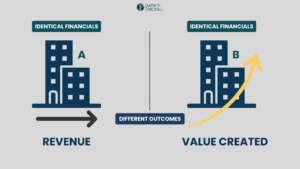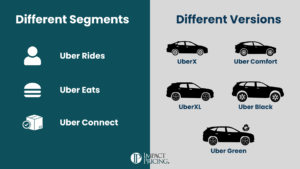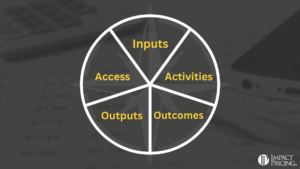I once had a student from one of my pricing classes email me a question about pricing models. It sparked an insightful conversation, and I thought it’d be worth sharing it again.
Below is their original email.
“Mark, I was in your pricing class yesterday, (I was the obnoxious one wearing a baseball cap) and it was very informative, I learned a lot.
I know you’re very busy, and I apologize for the imposition, but one thing we didn’t go over were different pricing models. For example, in our business we have varied pricing models for our SaaS products. Some are a variable monthly fee based on hospital size (bed count), some are “pay by script” (for retail pharmacies), or a “winners only” pay model (meaning only pay for a script when it is profitable, regardless of total script count). Another common model I’ve seen in the healthcare industry is, ‘We keep 25 percent of any reimbursement we are able to capture that was missed at the time of claims submission’.
One of our biggest challenges before going to market (or sometimes after) is determining the appropriate model to use (even after deciding to go SaaS over traditional software) and I did a cursory search of your blog for strategies on this, and I was unable to find any. Thanks, E.”
Here was my reply to E.
“Hi E,
Thanks for the kind words, and of course I remember you.
You may recall we started the day off talking about Netflix and JCPenney, and how pricing models were risky. I went on to say we weren’t going to talk about those in class. We don’t teach this topic for two reasons. First, most product people don’t make the decision on which pricing model to use. It’s made at the executive level. Second, and more important, I don’t have a generic answer that works in most situations. But since you asked, let me try.
You’re looking at several different things when choosing a pricing model.
First, where does value come from? An ideal pricing model charges more as the customer receives more value. This often means a transaction-based model. The best models are happily accepted by your market because your customers pay more only as they get more value. Each of the three examples you provided seem to follow this, but the winners-only model is probably most ideal from this perspective.
Second, what does your competition do? Always put yourself in the shoes of your buyer, if they are comparing you to a competitor. Sometimes it’s in your best interest to have a different pricing model (think Netflix when they were shipping DVD’s). Conversely, it may go against the norm and be an uphill battle. Make a conscious decision about whether you want to be different or the same. Another option is to offer multiple pricing models, and let the buyer choose. E.g., car purchase vs. lease.
Next, what does your customer expect? Your customer has a set of beliefs about how you should price. It’s always easier to fit within them than try to change them. Try to understand what’s going on inside your buyer’s mind.
Also, what do your billing systems allow? Sometimes we think up brilliant pricing methods. What if you could price based on the improved health of the patients? The problem is we can’t measure it, and we probably don’t have systems in place to allow us to bill this way.
Lastly, what can you monitor? The winners-only method is probably most highly correlated with the value your buyers receive, but it is difficult to monitor. Companies sometimes try to share the increased profit with their customers, but it’s almost impossible to keep track of. Pricing models that can objectively monitor usage, or something else just as significant, are more effective.
While this may not be the ultimate answer, I hope this helps your thinking.”
Now, over to you – what guidance would you give E around pricing models?















